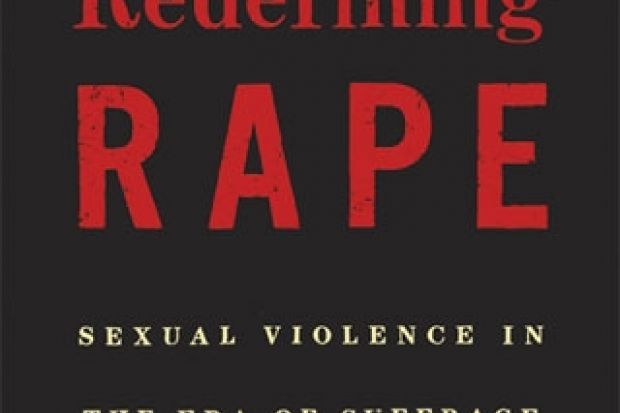Julia Hayden’s murder in August 1874 was one more instance of racial bigotry, casual violence and pervasive misogyny. Hayden was a middle-class African American teacher who was preparing to open a school in western Tennessee. For some drunken white men, however, she was just another sexually available black woman. They attempted to force their way into her home and, when that failed, one of them opened fire at the house. Although barracked inside her home, Hayden was killed.
Although Hayden’s killing is no longer remembered (indeed, we don’t even know whether her assailants were convicted), at the time her murder generated debate in the media. When the New-York Tribune claimed that the young men had assumed that African American women were “wanting in chastity” and had simply erred in this particular case, The Christian Recorder (published by the African Methodist Episcopal Church) was livid. The Tribune had insulted “every colored husband, father, and brother, in the land”, it protested.
Both comments are revealing. Debates about rape were not only about female vulnerability, but about tensions between white and black men. For The Christian Recorder, denigrating African American women was an affront to the respectability of African American fathers, husbands and brothers. The Tribune’s prejudices reflected tensions in post-emancipation America, where many white men were resentful about perceived threats to their political dominance. Their assumption that African American women were “naturally” promiscuous and that the white men were guilty only of mistaken identity was widely shared. As late as 1918, the Florida Supreme Court decreed that: “What has been said by some of our courts about an unchaste female being a comparatively rare exception is no doubt true where the population is composed largely of the Caucasian race, but we would blind ourselves to actual conditions if we adopted this rule where another race that is largely immoral constitutes an appreciable part of the population.”
Estelle Freedman – an exceptionally distinguished scholar of female activism, sexual politics and feminism in American history – does more than merely chronicle the distressing history of racism in the US between the 1870s and the 1930s. She is engaged in a meticulous analysis of the responses of various civil rights movements to pervasive sexual violence against women, girls and young boys.
She is equally interested in the second rape-myth of the period: that is, the alleged sexual rapaciousness of African American men. In the late 19th century, rape became widely known as “the Negro crime”. In the contemporary words of George E. Dawson, who was a psychologist at Clark University, the rapist illustrated the “persistence of a very primitive sex diathesis in the midst of civilization”. It did not surprise him, therefore, that “the crime of rape should be so common among our Negro and Indian populations”. He believed that the savage tendency in African Americans had been suppressed under slavery because, being “placed under white taskmasters they were obliged to work somewhat after the manner of the civilization surrounding them”. Emancipation, however, unleashed the “race instinct of carelessness and improvidence”, and the result was an increase in sexual attacks by blacks.
Freedman’s story is a complex one. In part, this is because there was no specific reform movement addressing sexual violence. Instead, a range of protest groups (including anti-lynching, suffrage, temperance, social purity, religious, feminist and African American organisations) contributed to debates in response to specific issues.
In addition, many sexual attacks never entered the public arena. Legal statutes were discriminatory, making it difficult for black women to prosecute sexual assailants. The rise of the Ku Klux Klan and the increased propensity of white males to turn to mob violence during Reconstruction, as well as women’s increased vulnerability within the workforce, put African American women in a defenceless position. Even when the rape of black women was acknowledged, it was in the context of the harm done to black men’s pride: lynching (of men) rather than rape (of women) became the symbol of African American subjugation.
By focusing on protest against oppression, Freedman gives readers an intellectually complex exposition of racial politics in America. It is a worthy memorial to women such as Hayden.
Redefining Rape: Sexual Violence in the Era of Suffrage and Segregation
By Estelle B. Freedman
Harvard University Press, 416pp, £25.95
ISBN 9780674724846
Published 1 August 2013
Register to continue
Why register?
- Registration is free and only takes a moment
- Once registered, you can read 3 articles a month
- Sign up for our newsletter
Subscribe
Or subscribe for unlimited access to:
- Unlimited access to news, views, insights & reviews
- Digital editions
- Digital access to THE’s university and college rankings analysis
Already registered or a current subscriber? Login




